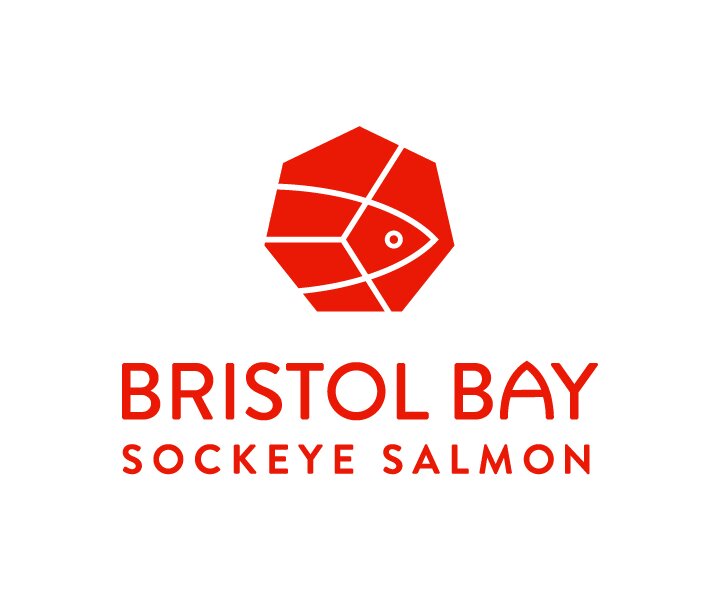Bristol Bay, Alaska is home to America’s – and the world’s – most valuable salmon fishery. Its economic potential, however, is significantly under-‐exploited. There are direct correlations between the percentage of high-‐quality “#1” fish in Bristol Bay and the economic outlook of its stakeholders – from individual crewmembers to captains and their families – as well as the broader local and regional economies supported by this amazing natural resource.
As recently as 2008 the percentage of high quality “#1” fish delivered in Bristol Bay fluctuated across a cheerless range of 40% to 45%. Even the most quality-conscious processors only produced #1 filets in a range of 60% -‐ 65% – a far-too-low figure that reinforced the need for this program.
This program built upon a pair of successful pilot projects “bench-‐tested” during the fast-paced, high-volume 2009 fishery in Bristol Bay. Those projects examined two sides of the quality equation: 1: how specific shipboard handling practices affected the quality of salmon, and 2: how quality varied overall among a subset of vessels in the fleet. This project carried on that work. In so doing, it has now established relationships between specific shipboard fish handling practices and the quality of salmon that were graded at a shore plant.
In 2010 and 2011, this project examined specific handling practices while at the same time tracking individual fishing crews, providing them with quality scores. The results (discussed below) show that different shipboard handling practices can have significant effects on salmon quality—for the better or the worse. Additionally we were able to demonstrate that a subset of fishermen we have been following for years continue to make steady improvements in the overall quality of their deliveries.
This study also produced some startling and unexpected discoveries, namely: a) fish quality is more than a function of handling practices aboard fishing boats; it varies directly with time and distance from the fishing grounds to the processing plant, and, b) rough weather can result in significantly degraded quality. One noteworthy point is that fishing styles and handling practices can have a huge bearing on quality. The best-handled fish in our studies produced 87 percent #1 quality salmon, when graded to ASMI standards. The worst handled fish produced 46 percent #1 quality fish—a drop of more than 40 percentage points.
Please download the Quantifying Quality report: Quantifying Quality Final Report Feb 19 2012




